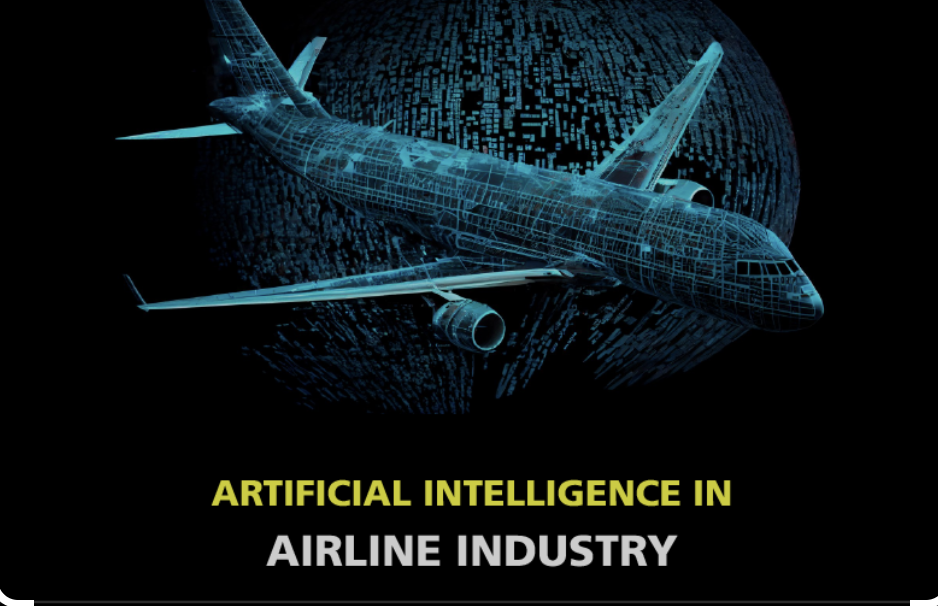In the previous article, we delved into the application of Artificial Intelligence (AI) within the airline industry, with a specific focus on its role in revenue management. We shed light on the mechanics of how AI works in this arena. Yet, the pandemic, specifically COVID-19, brought forth challenges to this operational model, which I will further elaborate on in this piece.
In our last discussion, we highlighted that the modus operandi of AI in revenue management revolves around processing information to aid airlines in accurately forecasting demand. These predictive methods rely primarily on mathematical models built upon historical data. However, with the onset of the COVID-19 pandemic, this conventional approach faced unprecedented challenges. The crux of the issue lies in the fact that airlines had never grappled with a crisis of this magnitude before. Hence, they didn’t possess relevant historical data for drawing inferences, thereby impacting the integrity of the data. Consequently, in the initial stages of recovery, fare determinations and class availabilities could not lean on an AI-dominated methodology.
During the recovery phase of the pandemic, I held a position as a Business Intelligence expert for AFKL Greater China, witnessing firsthand the recovery trajectory across the Greater China region. Drawing from my experiences, revenue management departments scaled back on AI involvement during this period. Class availabilities were increasingly adjusted manually. Such modifications were predominantly informed by intel gathered by customer sales managers, complemented by my analysis of market conditions and overarching flight sales metrics.
Reflecting on this, it’s evident that while AI has indeed revolutionized revenue management – harnessing rapid data processing capabilities to devise precise models – benefiting the airline’s margins, it’s not infallible. In dynamic markets where historical reference data is non-existent or sparse, AI’s efficacy diminishes. From my perspective, while AI can be a robust auxiliary tool enhancing corporate decision-making, real-world scenarios demand agility. Adjustments ought to be made to strike a balance between meeting market demands and maximizing company benefits.


It was very interesting to read the second part of your blog post. Both parts contributed to a well-rounded story. Your personal experience as a BI expert for AFKL adds trustworthiness and a real-world perspective to the discussion. This is important, as you state as well, because in practice the implementation of tech like AI will always have some unforeseen hurdles.
Because this subject is still very new and can be applied very broadly, I get that you had to narrow it down to a small number of subjects. However, for the future it would be very interesting to read about how AI can be applied to tackle other issues in the airline industry such as their environmental impact and more real-world examples. I am looking forward to that.
Hi Jim,
I very much enjoyed reading your posts; they really complement each other. I think you shine a great light on the use of AI within the airline industry and how this has been impacted due to the pandemic. Since you witnessed this firsthand with your position at AFKL Greater China, I am curious to know if you think instances like this will happen again. E.g. do you think there will be a moment in the future in which AI again needs to be scaled back due to the lack of historical data? How could companies and their IT infrastructure better prepare for cases like this, or will the COVID-19 pandemic provide us with enough data for those instances not to happen again?
Happy to hear from you !